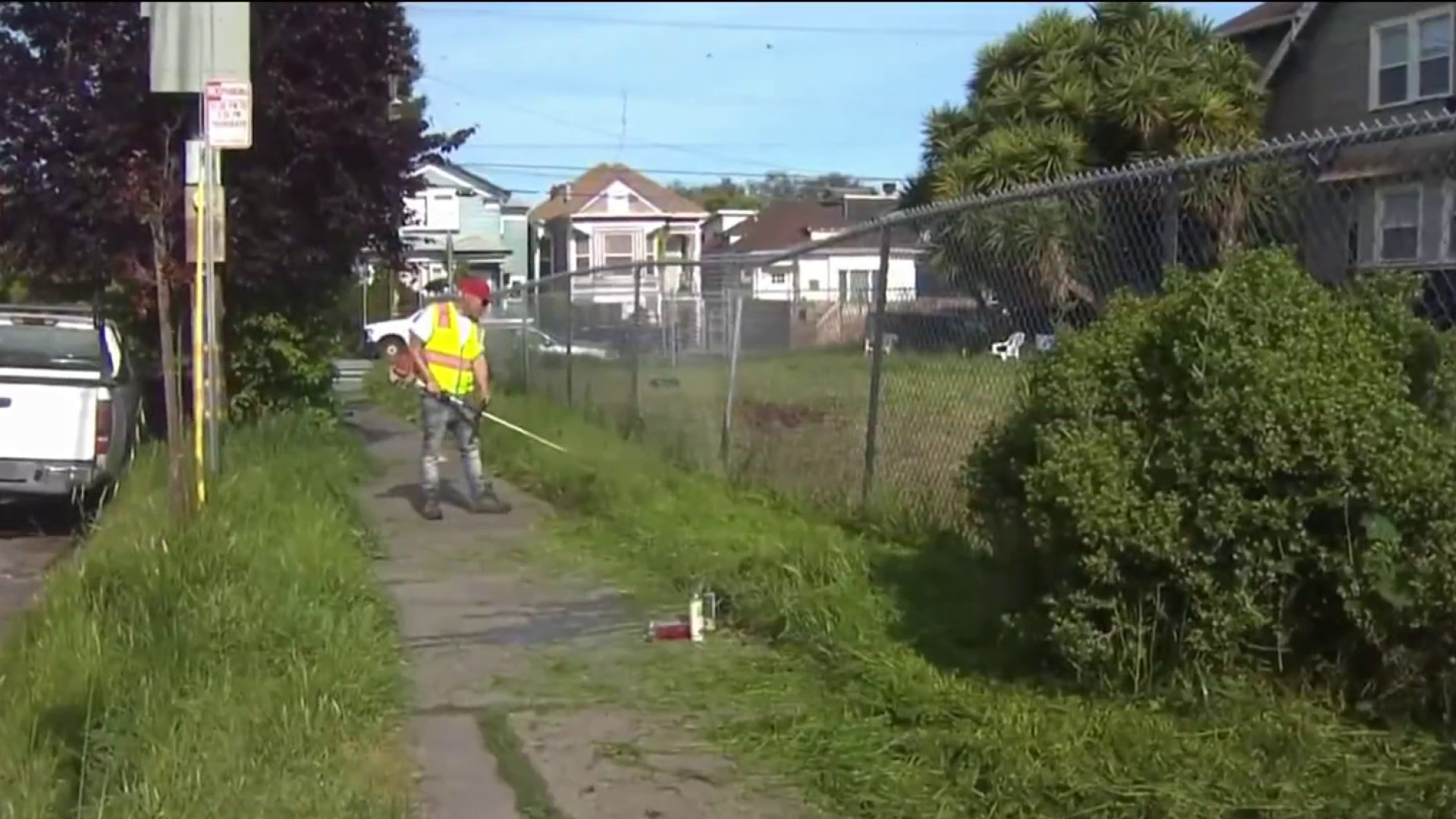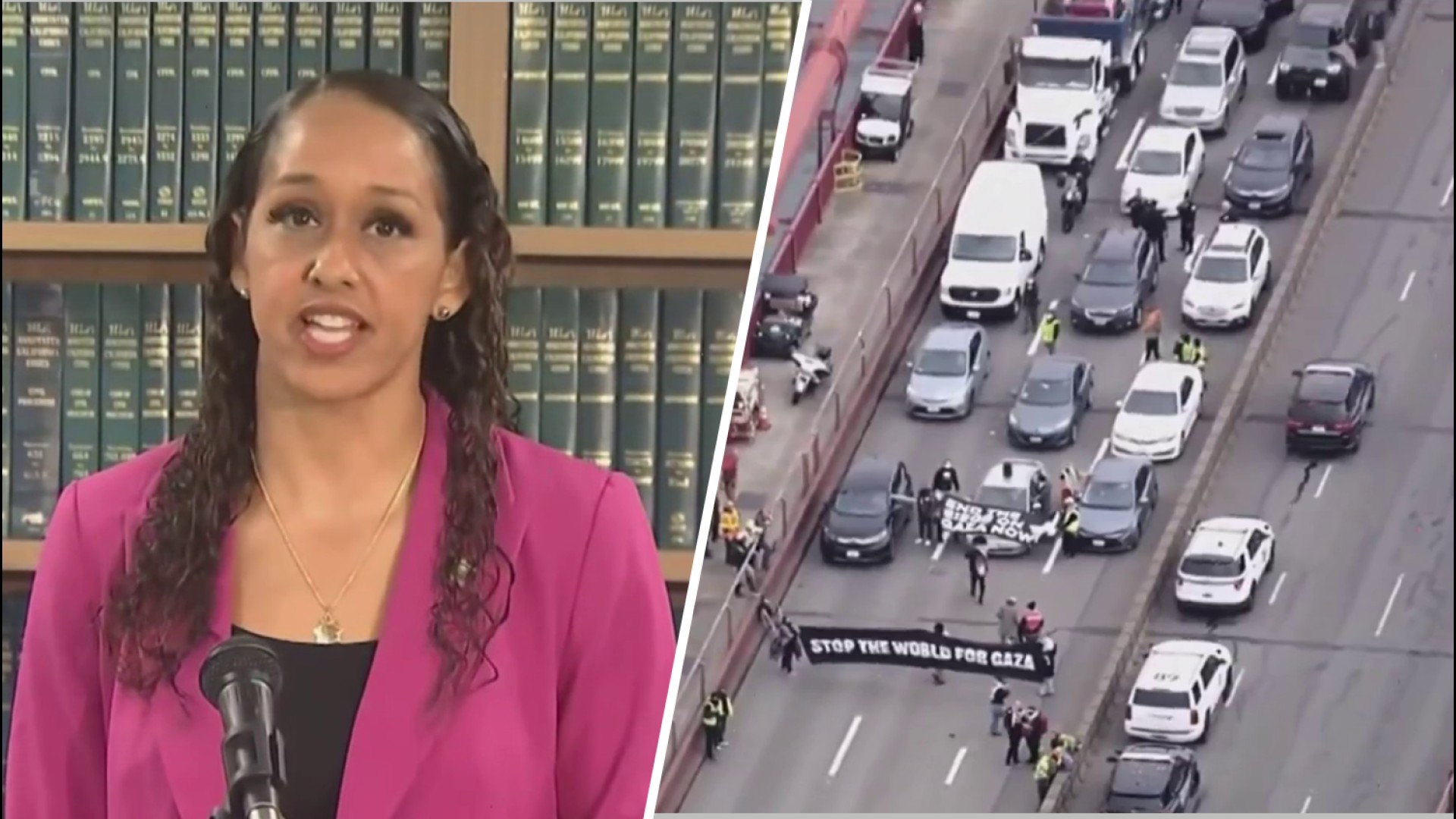California's historic budget crisis threatens to devastate a public education system that was once considered a national model but now ranks near the bottom in school funding and academic achievement.
Deep budget cuts are forcing California school districts to lay off thousands of teachers, expand class sizes, close schools, eliminate bus service, cancel summer school programs, and possibly shorten the academic year.
Without a strong economic recovery, which few experts predict, the reduced school funding could last for years, shortchanging millions of students, driving away residents and businesses, and darkening California's economic future.
"California used to lead the nation in education," U.S. Education Secretary Arne Duncan said during a recent visit to San Francisco. "Honestly, I think California has lost its way, and I think the long-term consequences of that are very troubling."
The budget cuts will be especially painful for struggling schools such as Richmond High School, where more than half of its 1,700 students are English learners and three-quarters are considered poor. The East Bay area school has failed to meet academic standards set by the federal No Child Left Behind Act for more than four years.
Now Richmond High stands to lose 10 percent of its 80 teachers. Electives such as French and woodshop will be scrapped. Some classes will expand to more than 40 students. And many special education and English-language students will be placed in mainstream classes.
"We're going to see more and more students slipping through the cracks as those class sizes increase," said Assistant Principal Jen Bender.
Richmond High students are worried about how the cuts will affect their education and ability to attend college.
"I think we won't be able to learn as much," said freshman Andrew Taylor, 15. "They should put more money into schools. If you take money away from schools, you're going to end up with more people going to jail."
Slammed by an epic housing bust and massive job losses, California faces a $24 billion budget deficit and could run out of cash by late July if Gov. Arnold Schwarzenegger and the Legislature cannot reach a budget deal.
To balance the budget, the governor has proposed closing more than 200 state parks, releasing prisoners early, selling state property, laying off state workers and cutting health care.
Under the governor's plan, K-12 schools and community colleges would lose $5.3 billion over the coming year -- on top of billions of dollars in recent reductions and payment delays.
The state would spend $7,806 per K-12 student in 2009-10, almost 10 percent less than two years ago, according to the Legislative Analyst's Office.
Federal stimulus funds have prevented deeper cuts to a public school system that educates 6.3 million children, of which about a quarter do not speak English well, and nearly half are considered poor under federal guidelines.
School districts have already issued layoff notices to more than 30,000 teachers and other employees, and they could issue more pink slips this summer, according to the state Department of Education.
"All of the things that make schools vibrant and help students learn are on the chopping block, if they haven't been cut already," Robin Swanson, a spokeswoman for the Education Coalition, which advocates funding increases. "When school doors open in the fall, it's going to be a very different public school system."
Many Democrats and school advocates are calling for tax increases to lessen the impact on schools, but Republicans oppose raising taxes. They say California should live within its means and school districts should be given more flexibility to spend their funds.
"You can't spend what you don't have, and you can't spend what the taxpayers don't have," said State Sen. Bob Huff, R-Diamond Bar, vice chair of the Senate Education Committee.
The unprecedented budget cuts mark a new low for a once highly regarded public school system that began its decline in 1978, when voters approved Proposition 13, which undercut counties' ability to raise property taxes and generate revenue. The ballot measure shifted the responsibility of funding schools to the state and made it more difficult to increase education funding.
California schools now rank at or near the bottom nationally in academic performance, student-teacher ratios in middle and high school, access to guidance counselors and the percentage of seniors who go directly to four-year colleges, according to a February report by UCLA's Institute for Democracy, Education and Access.
In its annual survey this year, Education Week magazine ranked California 47th in per-pupil spending and gave the state a D in academic achievement.
In recent decades, California developed a robust, innovative economy by importing educated workers from other states and countries. But a recent report by the Public Policy Institute of California projected that the state would face a shortage of nearly 1 million college-educated workers in 2025.
State education officials say the budget cuts threaten recent gains in raising test scores and closing a persistent achievement gap between black and Latino students and their white and Asian counterparts.
Democrats are now proposing to eliminate the high school exit exam as a graduation requirement. Jack O'Connell, the state schools chief, has says the exam is essential to helping identify students who fall behind.
The state's budget crisis is taking a heavy toll on school districts such as West Contra Costa Unified, whose financial troubles made it the first school district to be taken over by the state in 1991. Officials say the district, which has large numbers of poor students and English language learners, could face another state takeover if it cannot overcome a $16 million budget shortfall.
Local
"The system is broken," said school board member Antonio Medrano. "We are being forced to cut all kinds of programs."
The cuts are expected to lead to sharp reductions or complete elimination of after-school programs, summer school, adult education, guidance counselors, and electives such as art and music. Class sizes are set to expand from 20 to more than 30 students for kindergarten through third grade.
The teachers union is threatening to strike to protest layoffs of 125 teachers, larger class sizes and proposed cuts to their health care benefits.
"We can't cut our way out of this. We really can't. There will be nothing left of education," said Pixie Hayward-Schickele, who heads the teachers union.
Richmond High School students are bracing for crowded classrooms, fewer course offerings and fewer teachers.
"This school is already overcrowded," said junior Jessica Ledesma, 17. "If there are more students, it's going to be harder to pay attention because it will be loud and crowded and stuffy in there."



